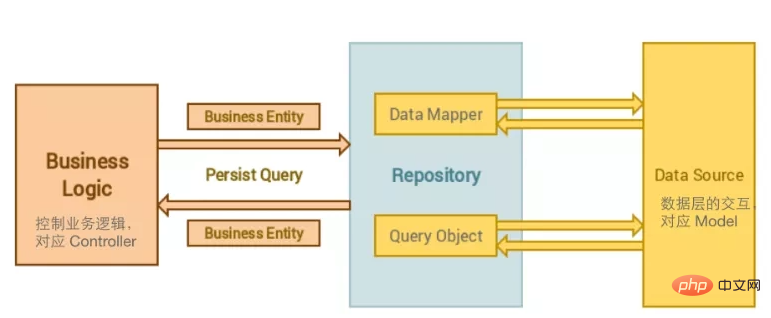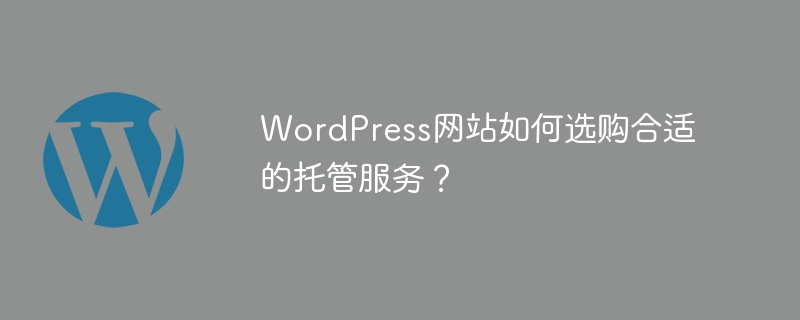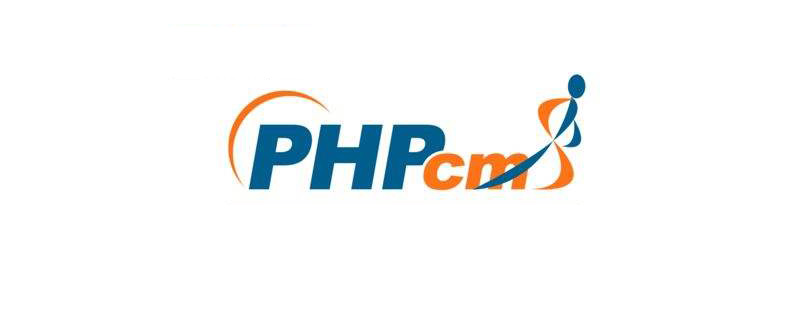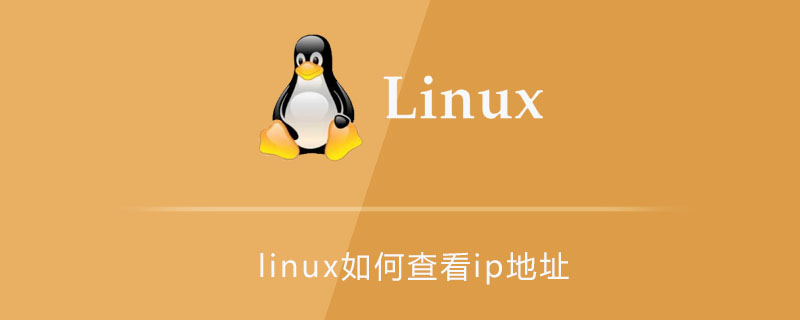下面由laravel教程欄目給大家介紹在laravel中使用Repository Pattern(倉庫模式),希望對需要的朋友有所幫助!
文章正文
Repository 模式主要思想是建立在一個數據操作代理層上的,把controller里的數據操作分離出來,這樣做的好處有以下幾點:
1 把數據處理邏輯分離使得代碼更容易維護
2 數據處理邏輯和業務邏輯分離,可以對這兩個代碼分別進行測試
3 減少代碼重復
4 降低代碼出錯的幾率
5 讓controller代碼的可讀性大大提高
如圖所示Repository的分層關系

然而,要獨立一個操作層出來,那就會增加大量代碼,非常繁瑣。如果你是小項目,未必需要使用這一模式。但如果是4-5年以上的復雜大型項目,這種模式的好處就比較明顯了。
學習Repository Pattern的意義不只是為了使用它,更會讓你深入思考框架的分層思想,你開始不僅關注怎么使用一個框架,還會想了解怎樣設計一個框架,也許會成為你往高階段編程的入口。當你感悟到什么是一種思想的時候。。。
Repository Pattern(倉庫模式)
雖然說設計模式和語言及框架無關,但是脫離了語言及框架,我們很難理解,所以我們還是在laravel的語境下來學習。
public function index(){ $posts = Post::whereIn('category_id',[1,2]) ->where('is_draft',0) ->orderBy('created_at', 'desc') ->take(5) ->get(); return view('front.index',compact('posts'));}
以上是典型的Eloquent數據查詢代碼,如果你編程經驗豐富,你會發現這種代碼在控制器里到處都是,而且有很多是重復的,可讀性很差;我們的目標是把它精簡:
仔細觀察
Post::whereIn('category_id',[1,2])->where('is_draft',0)->orderBy('created_at', 'desc')->take(5)->get();
其實它由3部分組成.
第一是Post數據模型;
第二個是whereIn(‘category_id’,[1,2])->where(‘is_draft’,0)->orderBy(‘created_at’, ‘desc’)->take(5),數據操作條件;
第三個是get()數據獲取的方法;
我們知道,Eloquent里有個Query Scope,可以用來把第二部分,也就是查詢條件精簡。所以,在使用了Query Scope后,我們可以把精簡成:
Post::ofCategory([1,2])->isDraft()->orderBy('created_at', 'desc')->take(5)->get();
咋一看上去,好像也沒怎么精簡啊,但實際上你已經實現代碼解耦和復用了,比如說isDraft(), 這個代碼可以到處用,而不用擔心耦合問題。
精簡程度和你的邏輯抽象程度有關,比如說你完全可以寫成:
Post::findPosts([1,2],0,'desc',5)->get();
在輕型項目中,強烈推薦使用Query Scope,這是一種良好的編程習慣。
在更復雜的項目中,Query Scope就不夠用了,因為它和數據模型還是一種強耦合,Repository Pattern就是要把第一,第二,第三部分全部解耦;
說到解耦,我們在Laravel的文檔攻略中講過,第一神器就是php中的接口(Interface)
?
下面來看例子
第一步 建立文件夾
app Repositories Interfaces Implements
Interfaces里面用來放接口,Implements用來放接口的實現;
第二步 ?建立一個接口
在上面的Interfaces目錄新建一個文件PostInterface.php:
namespace AppRepositoriesInterfaces;Interface PostInterface{ public function findPosts(Array $cat_id,$is_draft,$order,$take) { }}
第三步 ?建立一個接口對應的實現
在上面的Implements目錄新建一個文件PostRepository.php:
namespace AppRepositoriesImplements;use Post;class PostRepository Implements PostInterface{ public function findPosts(Array $cat_id,$is_draft,$order,$take){ $query = Post::whereIn('category_id',$cat_id) ->where('is_draft',$is_draft) ->orderBy('created_at', $order) ->take($take) ->get(); return $query; }}
很明顯,倉庫指的就是一個倉庫接口的實現;這里定義你的業務邏輯;
第四步 ?在ServiceProvider中綁定接口
打開app/Providers/AppServiceProvider, 在register()加入代碼:
<?php namespace AppProviders;use IlluminateSupportServiceProvider;class AppServiceProvider extends ServiceProvider{ public function boot(){ } public function register(){ $this->app->bind('AppRepositoriesInterfacesPostInterface', 'AppRepositoriesImplementsPostRepository'); }}
我們知道,ServiceProvider是Laravel IOC容器實現動態換接口實現的地方,所以我們在這里綁定一下,這樣我們在使用的時候,不直接使用接口實現,而是用ioc容器解析接口,它會幫你自動找到對應好的實現。這就意味著,以后需要更換實現,可以在這里更換;
第五步 ?使用倉庫
回到我們的controller里來
use AppRepositoriesInterfacesPostInterface;class PostController extends BaseController{ public function __construct(PostInterface $post){ $this->postRepo = $post; } public function index(){ $this->postRepo->findPosts([1,2],0,'desc',5); }}
從上面的例子看,我們的業務邏輯變得非常精簡,完全不用管查詢;而且也現實了數據查詢部分的解耦。



















